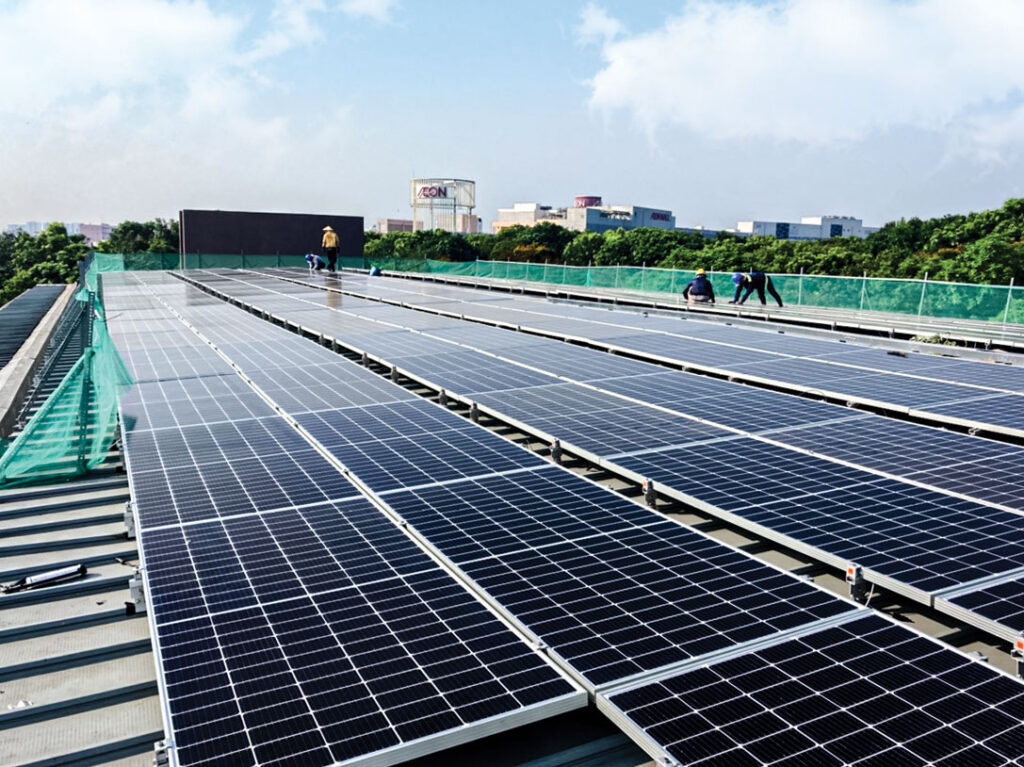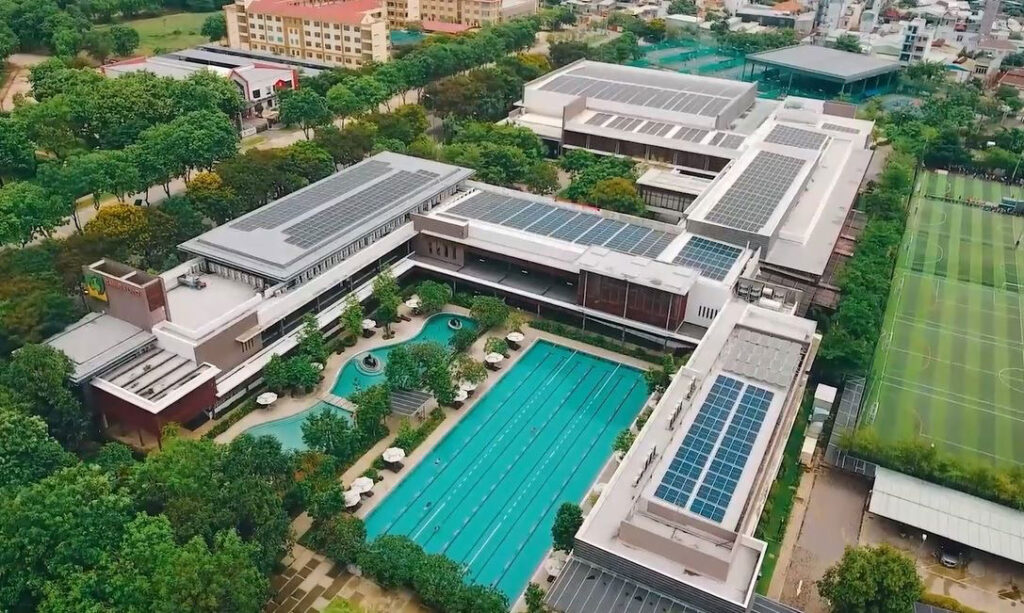Greener Future through Renewable Energy

Everything in our world is powered by electricity— from mobile phones, computers and the Internet, to buildings and skyscrapers that illuminate the sky. In today’s modern world, electrical power is the backbone of society. Yet, electricity generation is the single major contributor to climate change, responsible for 25 % of all greenhouse gas emissions.
As demand for electrical energy continues to increase, how can we progress without causing detrimental harm to the environment? The solution? Renewable energy.
The Group has been making great strides in continuously advancing ourselves to create sustainable cities and infrastructures, even before climate change mitigation topped the global business agenda in recent years. This has been illustrated through various existing initiatives, such as reducing energy consumption through purposeful Klang Valley Mass Rapid Transit (KVMRT) station designs, supporting energy-efficient appliances in our developments, as well as adopting building energy codes and green building ratings for efficient energy management.
With the recent embarkment of the Gamuda Green Plan 2025, one of our key pillars towards a greener economy is to facilitate sustainable masterplanning featuring climate-responsive design, integrated transport and super-low energy buildings with smart features. To achieve this under our Pillar 1 – Sustainable Planning and Design, Circular Construction; we are committed to a 40% reduction in CO2e emissions compared to BAU by 2030 for our developments and townships.
The team at Gamuda Land Vietnam took a step closer in realising this initiative by introducing the first solar energy operated sports complex in Ho Chi Minh City (HCMC). With abundant sunlight in Vietnam, especially the southern region, paired with major technological breakthroughs in recent years, solar energy is becoming more and more viable as its cost-effectiveness increases and its benefits recognised.

The Celadon Sports and Resort Club (CSRC) in Celadon City officially kicked off the solar power system operations in March this year. Installed by Indefol, a solar developer using world-leading energy technologies, there are 1,677 photo-voltaic (PV) panels covering 4,800 m2 of the roof at CSRC. The system generates an average of 84,000 kWh per month in summer and is presumed to operate the entire five-hectare club, Gamuda Land (HCMC) office, and supply to the national grid. Every kW powered by this low carbon energy is 15% cheaper than the city electricity tariff.
Tackling an ambitious project at this scale comes with many issues we have to contend with. Solar energy’s cost-effective benefits come with a price, in the form of intermittency issues. Due to its dependency on the availability of sunlight, there is also a need for innovations to enable storage. While there are already technologies in the market to store energy in large batteries to cover intermittency, they come with hefty capital costs. Currently, only about 40% of the power consumption is off the grid, but the team is staying vigilant on new technological breakthroughs that can improve the current system’s efficiency.
Another challenge the team faces is the system needing a relatively large installation area to provide electricity consistently. This is mainly because most PV panels can convert only a quarter of the direct sunlight into solar energy. Therefore, the technological bottleneck hinders the team from installing solar power on a bigger scale for all the apartments in the township.
Nevertheless, this pilot project is still a beaconing step towards deploying future sustainable energy solutions for Gamuda Land townships. It also lives up to Gamuda Land’s brand value of “Respecting Nature and the Environment”. The team at Gamuda Land Vietnam is proud to have a few more initiatives in the pipeline to green their power system further. They are also working on installing Electrical Vehicle (EV) charging stations within the township and renewable energy installation for the sewerage treatment plants and other public facilities within the township.

“We are happy that the system is under operation, and it marks the first step of our journey in applying sustainable energy solutions for our township, Celadon City.”
– Angus Liew, General Director of Gamuda Land HCMC.

“We firmly believe that there will be significant technological advancements for energy conversion efficiency in the near future.”
– Jane Luu, Commercial Real Estate Manager of Gamuda Land HCMC.

